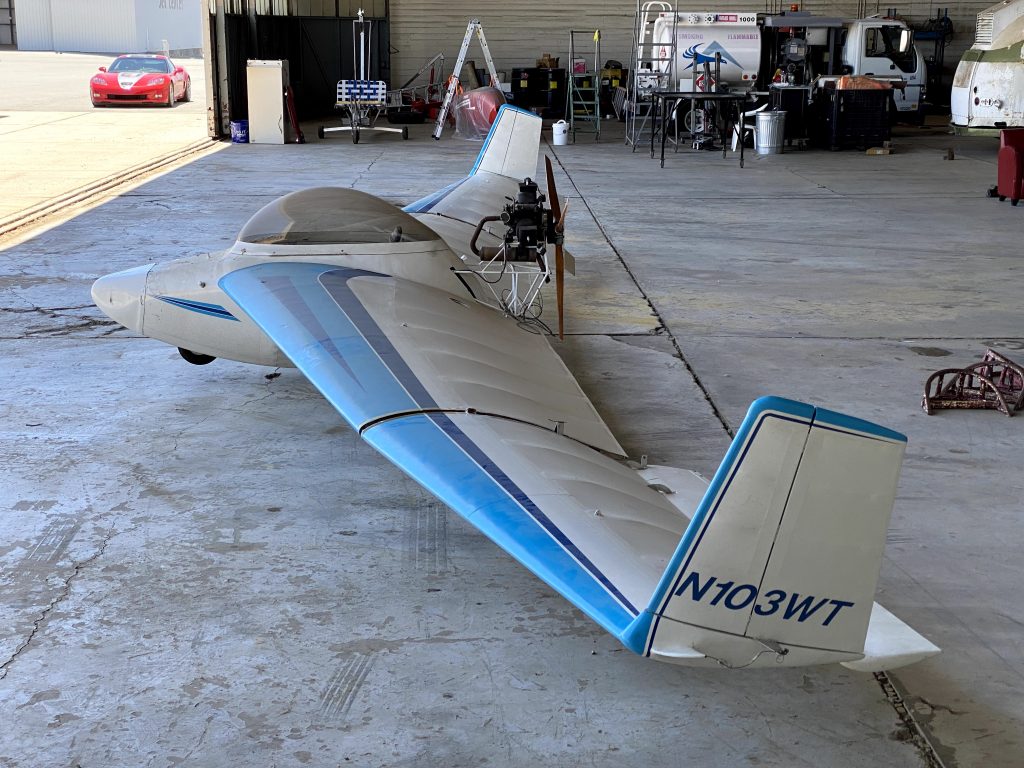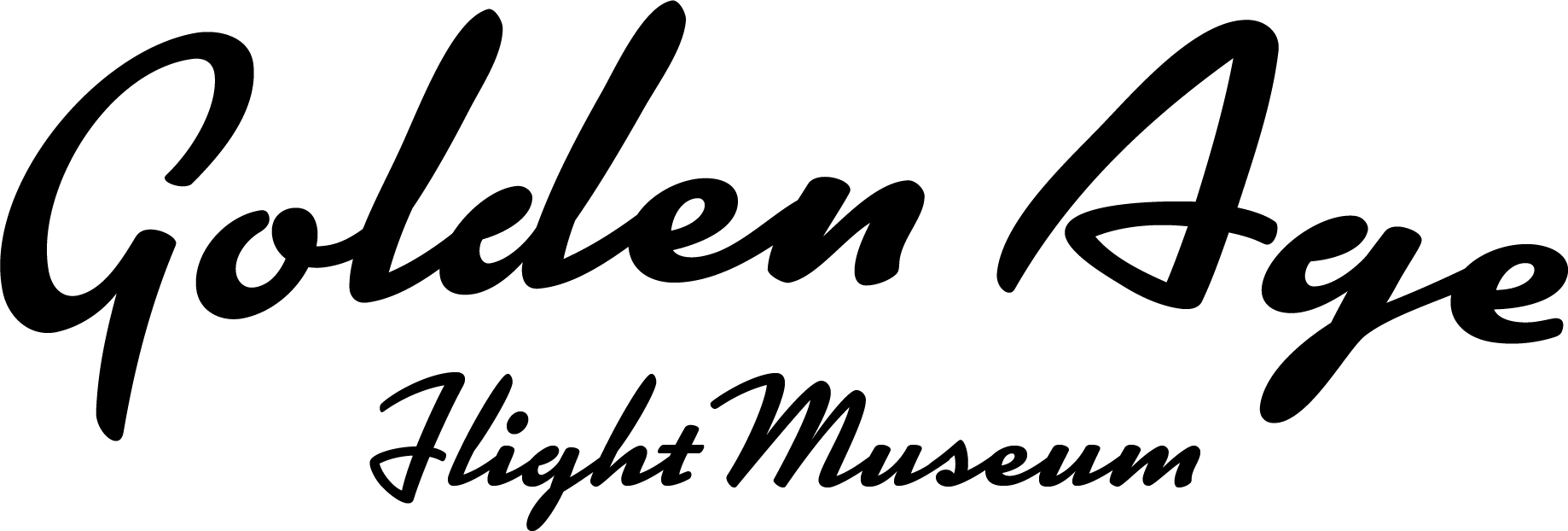A Pioneering Ultralight Aircraft
The Mitchell U-2 Superwing, an American tailless ultralight aircraft, represents a pinnacle of innovative design in recreational aviation. Designed by Don Mitchell, a Scottish immigrant with a rich background in aeronautics, the U-2 Superwing first flew in 1979 and quickly gained popularity among ultralight enthusiasts. By the mid-1980s, approximately 1,500 kits had been sold at a base price of $2,795, reflecting its widespread appeal. Its ability to function as both a powered aircraft and a sailplane, combined with its compliance with US FAR 103 Ultralight Vehicles rules, makes it a standout in aviation history.

History
Don Mitchell, who immigrated to the United States in 1922, brought a wealth of experience to the U-2 Superwing’s development. Having attended the Boeing School of Aeronautics and contributed to the Northrop flying wing during World War II, Mitchell began designing ultralights in the 1970s. His earlier creation, the Mitchell Wing B-10, first flew in 1976 and laid the groundwork for the U-2 Superwing. The U-2, introduced in 1979, incorporated significant improvements, such as a fully enclosed cockpit and enhanced control systems. Its affordability and ease of construction—requiring about 250 hours for the airframe and an additional 100 hours for engine installation and painting—made it a favorite among amateur builders. The aircraft’s popularity peaked in the 1980s, a period when ultralight aviation flourished, offering hobbyists an accessible entry into flight.
Design Features
The Mitchell U-2 Superwing is characterized by its tailless, cantilever mid-wing design, which distinguishes it from conventional aircraft. The fuselage is constructed from welded steel tubing, providing a robust yet lightweight structure. The wing, spanning 34 feet (10.4 meters), is built from wood and foam, covered with doped aircraft fabric, and employs a modified Wortmann FX05-191 airfoil for optimal lift. The aircraft features a single-seat enclosed cockpit, offering protection from the elements, and tricycle landing gear with a steerable nose wheel equipped with a brake. Builders could choose between fixed or retractable landing gear, adding flexibility to the design.
The U-2 Superwing’s flight controls are unconventional, utilizing elevons for pitch and roll control and wingtip rudders for yaw. These rudders can be operated independently for directional control or simultaneously for aerodynamic braking, enhancing the aircraft’s versatility. The aircraft is powered by a single engine in a pusher configuration, with options ranging from 25 to 40 horsepower. Common engines include the 20-hp Zenoah G25, the 35-hp Cuyuna UL2-11, and the Konig SC430 three cylinder two stroke radial mounted on our aircraft.
Specifications
| Specification | Details |
|---|---|
| Crew | One |
| Wingspan | 34 ft (10.4 m) |
| Wing Area | 136 sq ft (12.6 m²) |
| Empty Weight | 240 lb (109 kg) standard; 335 lb (152 kg) reported in some configurations |
| Gross Weight | 550 lb (249 kg) |
| Fuel Capacity | 3 U.S. gallons (11 L; 2.5 imp gal) |
| Powerplant | Zenoah G25, 20 hp (15 kW) or Cuyuna UL2-11, 35 hp (26 kW) |
| Engine Options | 25 to 40 hp (19 to 30 kW) |
Flight Characteristics
The U-2 Superwing is celebrated for its dual capability as a powered aircraft and a sailplane. With a maximum glide ratio of 20:1 at 45 mph (72 km/h) and a lift-to-drag ratio of 25:1, it excels in gliding when the engine is shut down. Its stall speed is a low 26 mph (42 km/h, 23 kn), making it forgiving for novice pilots. The aircraft has a range of 180 miles (290 km, 160 nmi) and a rate of climb of 400 ft/min (2.0 m/s). Its wing loading of 4.04 lb/sq ft (19.7 kg/m²) contributes to its efficiency.
Pilots report that the U-2 Superwing is delightful to fly in calm conditions, offering a smooth and efficient experience. However, its lightweight construction makes it less suitable for high-wind conditions, where stability can be challenging. The aircraft’s ability to transition between powered flight and gliding adds a layer of versatility, appealing to pilots seeking both performance and economy.
The Mitchell U-2 Superwing stands as a testament to Don Mitchell’s vision of affordable, innovative aviation. Its tailless design, versatile performance, and historical significance make it a cherished artifact in the world of ultralight aircraft. Whether soaring as a sailplane or cruising under power, the U-2 Superwing offers a unique flying experience that continues to captivate aviation enthusiasts.
